1. Olestra: The Snack Revolution Gone Wrong
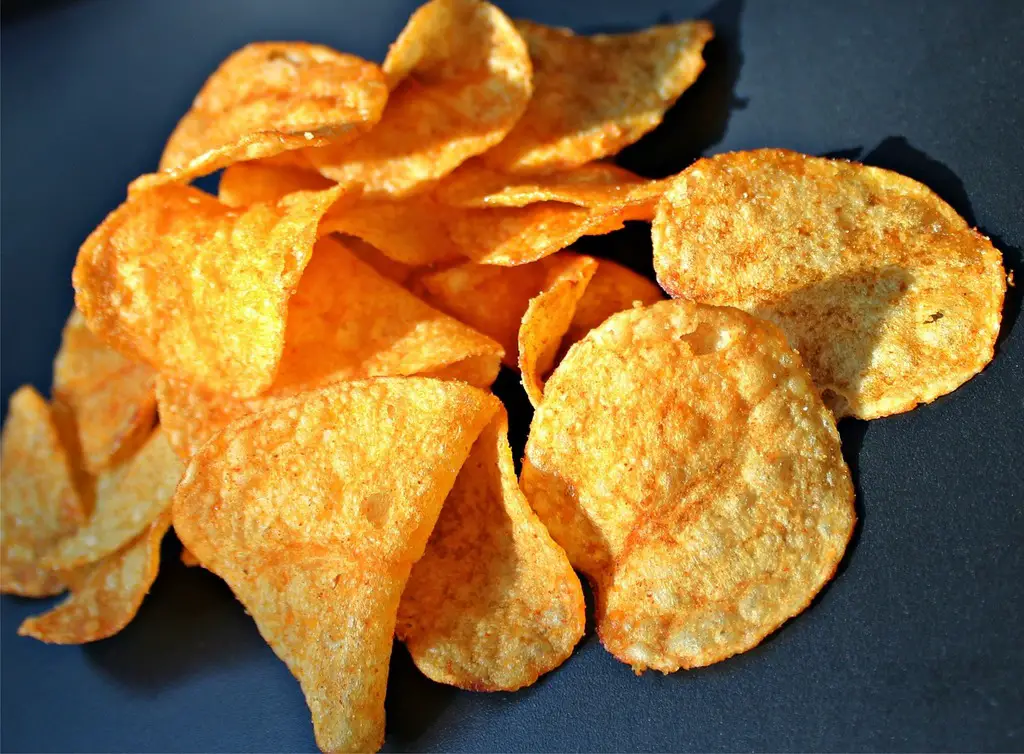
Remember when fat-free snacks seemed like the ultimate health solution? Olestra, a synthetic fat substitute, was everywhere in the ’90s. It was touted as a magic ingredient that allowed snacks to be indulgent without the guilt of extra calories. Companies jumped on board, adding it to chips, cookies, and even popcorn. Unfortunately, the magic was short-lived as it was linked to some, shall we say, less-than-pleasant side effects. Users reported digestive issues like cramping and diarrhea, which caused a backlash. Despite its initial popularity, Olestra was eventually phased out of most products, leaving a trail of half-empty bags of “healthy” snacks. Today, it’s a distant memory, but its impact on snack culture lives on.
What’s interesting is that while it’s no longer in many processed foods, Olestra’s brief moment in the spotlight had us rethinking what could be in our food without us noticing. It might have been discontinued for good reason, but it did spark a conversation about how food companies manipulate ingredients to cater to shifting health trends. Still, it’s hard not to think of the fat-free chips you once loved, only to cringe at what came with them.
2. Brominated Vegetable Oil: The Citrus Soda Game-Changer
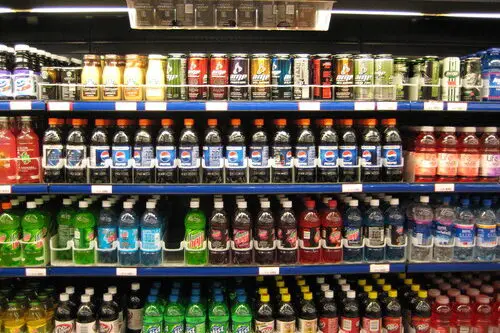
If you ever cracked open a bottle of citrus-flavored soda in the ’80s and ’90s, there’s a good chance you were sipping on a drink that contained brominated vegetable oil (BVO). It was originally added to sodas to help the artificial flavors mix better with the water, ensuring that citrusy goodness didn’t float to the top. BVO was commonly found in drinks like Mountain Dew and some Fanta varieties. The ingredient also made it easier for companies to keep their drinks shelf-stable, which added to its popularity.
However, BVO raised alarms as scientists started linking it to various health concerns, including being a possible endocrine disruptor. The backlash was swift, and BVO was eventually removed from most sodas. While it might have been a handy ingredient for keeping drinks “perfectly mixed,” its health risks were simply too high to ignore. Today, citrus sodas have moved on to more natural emulsifiers, but BVO still serves as a reminder of how far we’ve come in questioning what we put in our bodies.
3. Saccharin: The Sweetener That Was Too Sweet
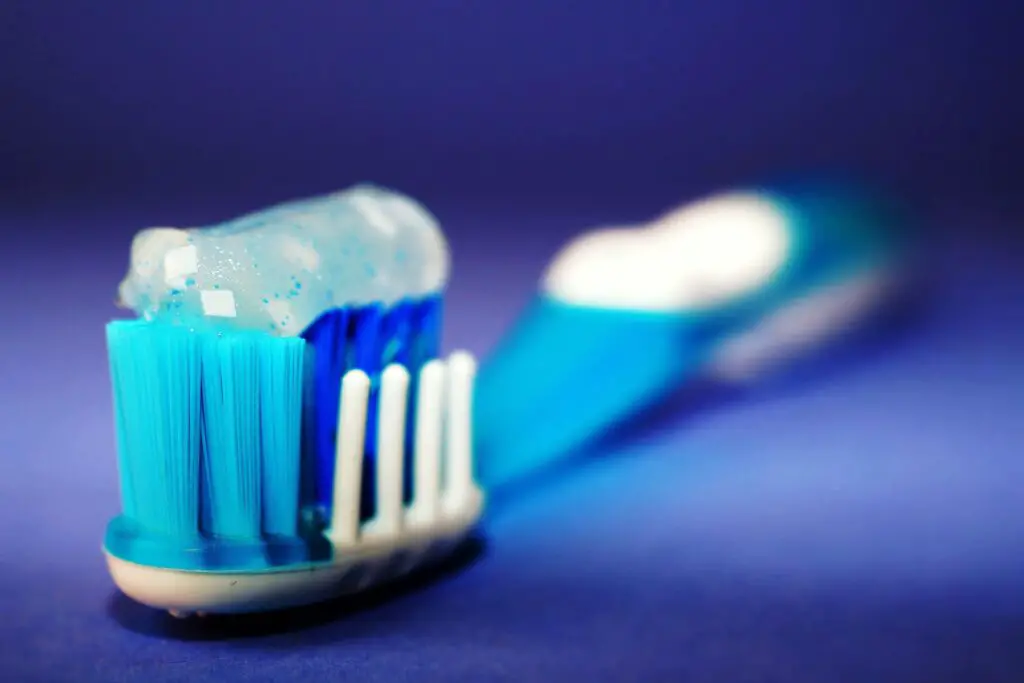
In the early days of artificial sweeteners, Saccharin was the king. This zero-calorie sweetener was widely used in everything from diet sodas to toothpaste and even cough syrups. It hit the market in the late 1800s and became a go-to for anyone looking to cut sugar from their diet, especially during the sugar shortages of the 1970s. Saccharin, while much sweeter than sugar, was incredibly popular among dieters and the health-conscious.
However, it wasn’t all smooth sailing. In the 1970s, studies linked Saccharin to bladder cancer in lab rats, leading to public fear and regulatory crackdowns. Though later studies largely debunked those findings, the stigma stuck, and the sweetener saw a significant decline in use. Despite being considered safe today, Saccharin has been overshadowed by newer, less controversial sweeteners like aspartame and sucralose. Yet, its brief reign in the artificial sweetener world is still a nostalgic taste of diet history.
4. MSG (Monosodium Glutamate): The Flavor Enhancer That Stirred Controversy
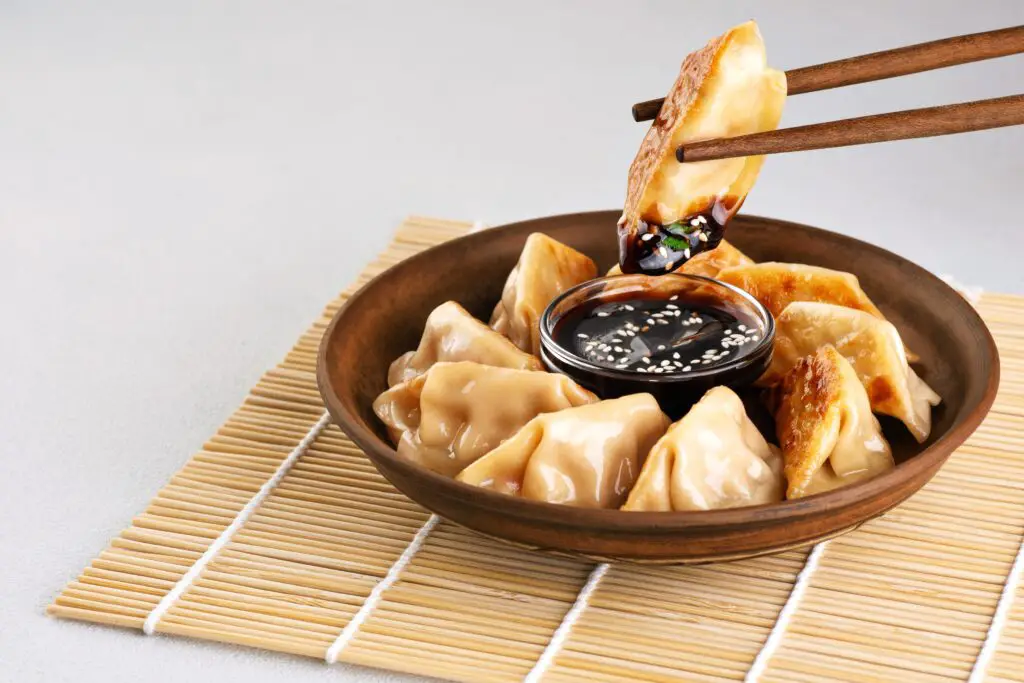
Monosodium glutamate, better known as MSG, was once the secret ingredient that made everything taste better. Whether it was in savory snacks, processed meats, or restaurant dishes, MSG added that elusive umami flavor we now associate with a rich, savory taste. It was so ubiquitous that it became nearly impossible to find a packaged food that didn’t contain it.
But in the 1960s, a mysterious phenomenon called “Chinese Restaurant Syndrome” was linked to MSG consumption. Symptoms like headaches and sweating were reported by some people, leading to widespread fear. The controversy sparked a significant backlash, with many brands and restaurants choosing to remove MSG from their products. While more recent studies have cleared it of any serious health risks, MSG still carries a negative reputation in some circles. Nonetheless, it remains a go-to ingredient in Asian cuisine and some processed foods, even if it’s far less common than it used to be.
5. High-Fructose Corn Syrup: The Sweetness That Changed Everything
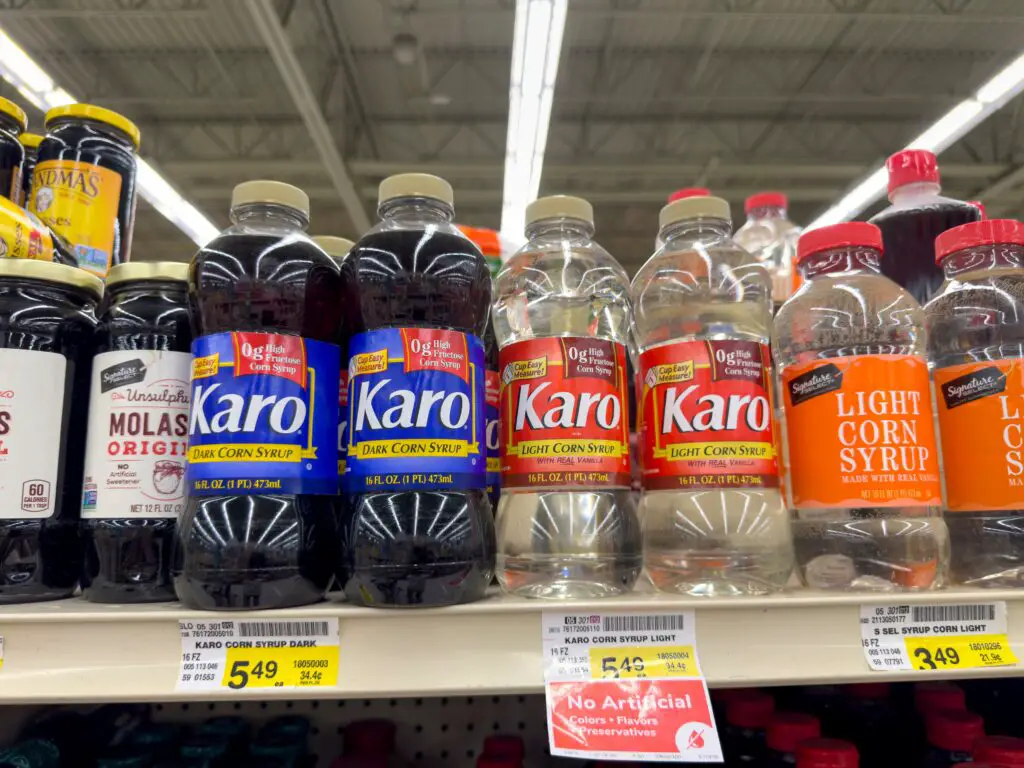
In the ’80s and ’90s, high-fructose corn syrup (HFCS) became the sweetener of choice for soft drinks, breakfast cereals, and processed snacks. It was cheaper than sugar, which made it a go-to for food manufacturers looking to maximize profits. HFCS was practically in everything—from ketchup to yogurt, bread, and beyond. It replaced sugar in many products, giving them an extra burst of sweetness without the price tag of cane sugar.
As the years went on, however, HFCS became the scapegoat for America’s obesity epidemic. Researchers linked its overconsumption to rising rates of diabetes, metabolic syndrome, and other health issues. The public backlash was swift, with many turning to sugar alternatives or products that claimed to be “HFCS-free.” While it’s still found in some foods today, its once-dominant role in the food industry has significantly waned, with more companies now opting for cane sugar or other sweeteners.
6. Red Dye No. 2: The Colorful Controversy
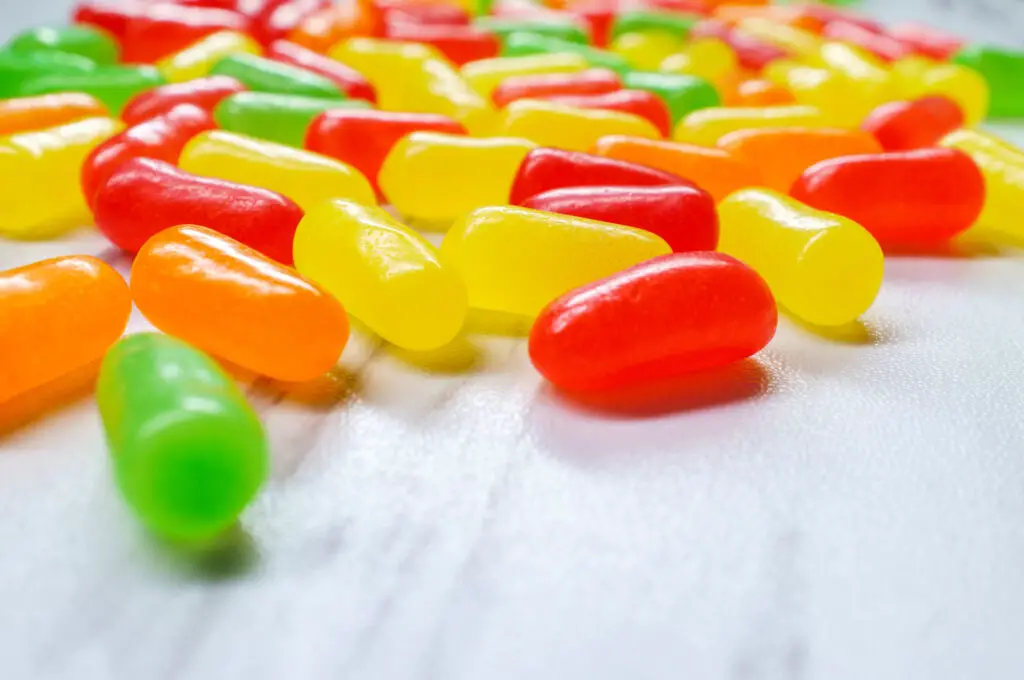
Red food coloring has been around for centuries, but it wasn’t until the 1950s that Red Dye No. 2 became the go-to option for coloring everything from candy to ice cream. This vivid, artificial dye made its way into countless food products, lending a vibrant hue to foods that otherwise wouldn’t have had much color. But the fun of colorful foods came to a sudden halt when the dye was linked to cancer in laboratory animals.
This raised enough concern to prompt the FDA to ban Red Dye No. 2 in 1976. Consumers were shocked as their beloved red-colored foods vanished from the shelves. While Red Dye No. 2 has been replaced by safer alternatives like Red 40, the controversy sparked a larger conversation about the safety of food coloring in general. Today, food manufacturers continue to use artificial dyes, but there’s still a lingering question about what’s really going into the foods we eat, and whether they’re as harmless as they seem.
